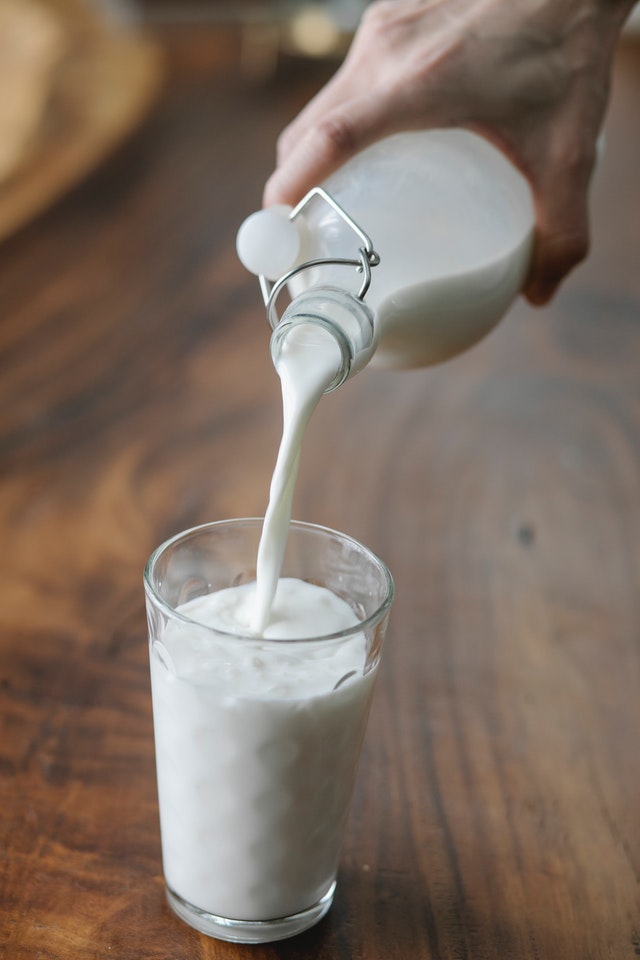Global milk supply has continued to expand but so far demand is keeping pace, according to an ANZ report.
Released mid-January, the report found there has been an enduring lift in milk supply in some of the major dairy exporting regions of the world, including the United States, European Union, Australia and New Zealand.
“It was feared that this extra supply would not be able to be absorbed by the markets, but thus far demand appears to be holding up well, despite some consumption channels being compromised by social distancing restrictions put in place to prevent the spread of COVID-19,” the NZ Forecast Update: Farm gate milk price report said.
“Both Australia and New Zealand benefitted from excellent conditions for pasture production during the spring and early summer,” it said.
“This has resulted in solid growth in milk production in both countries, with Australia up 1.3 per cent for the season to date (July-November) and New Zealand ahead by 0.6 per cent in the first half of the 2020-21 season (June-November).
“In Australia, dairy herd numbers are falling as access to labour and water, and many years of low profits, is resulting in farms moving into alternative uses.”
ANZ predicts growth in the second half of the season to be a more muted than in the first half due to less favourable pasture growth.
The report predicts milk production growth to be about one per cent for the full 2020-21 season for both New Zealand and Australia, a rate of growth that it expects can typically be absorbed by demand growth.
The recent growth in EU milk production has mostly been achieved through increased yields as cow numbers have decreased.
In 2021 growth is expected to remain modest.
“Any significant growth in the EU will no doubt result in larger volumes of product being exported, which potentially would be negative for global prices,” the report found.
“However, at present production is at its seasonal low and output won’t peak until about April/May.”
Original article sourced from: https://www.dairynewsaustralia.com.au/


